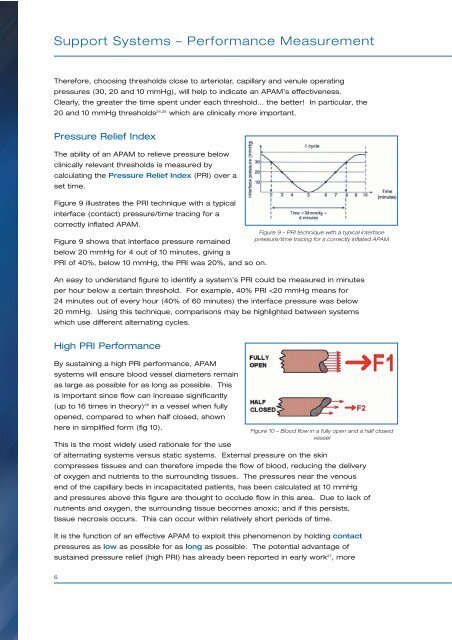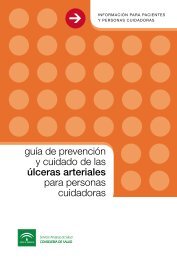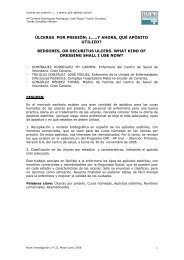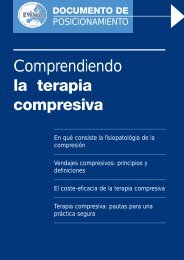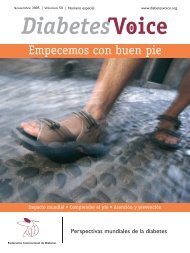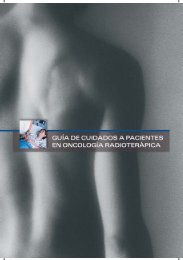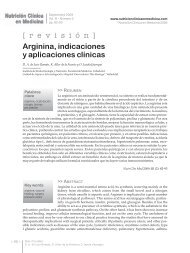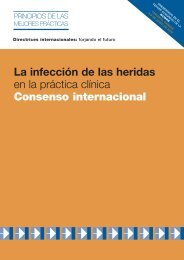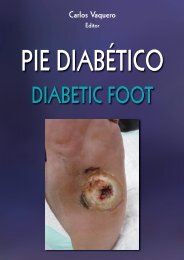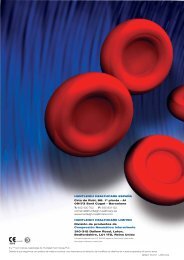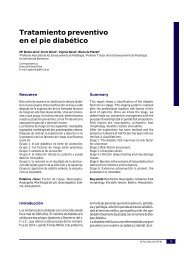HUNTLEIGH HEALTHCARE LIMITED Pressure Area Care Products ...
HUNTLEIGH HEALTHCARE LIMITED Pressure Area Care Products ...
HUNTLEIGH HEALTHCARE LIMITED Pressure Area Care Products ...
You also want an ePaper? Increase the reach of your titles
YUMPU automatically turns print PDFs into web optimized ePapers that Google loves.
Support Systems – Performance Measurement<br />
Therefore, choosing thresholds close to arteriolar, capillary and venule operating<br />
pressures (30, 20 and 10 mmHg), will help to indicate an APAM’s effectiveness.<br />
Clearly, the greater the time spent under each threshold… the better! In particular, the<br />
20 and 10 mmHg thresholds 24,25 which are clinically more important.<br />
<strong>Pressure</strong> Relief Index<br />
The ability of an APAM to relieve pressure below<br />
clinically relevant thresholds is measured by<br />
calculating the <strong>Pressure</strong> Relief Index (PRI) over a<br />
set time.<br />
Figure 9 illustrates the PRI technique with a typical<br />
interface (contact) pressure/time tracing for a<br />
correctly inflated APAM.<br />
Figure 9 – PRI technique with a typical interface<br />
pressure/time tracing for a correctly inflated APAM<br />
Figure 9 shows that interface pressure remained<br />
below 20 mmHg for 4 out of 10 minutes, giving a<br />
PRI of 40%, below 10 mmHg, the PRI was 20%, and so on.<br />
An easy to understand figure to identify a system’s PRI could be measured in minutes<br />
per hour below a certain threshold. For example, 40% PRI


